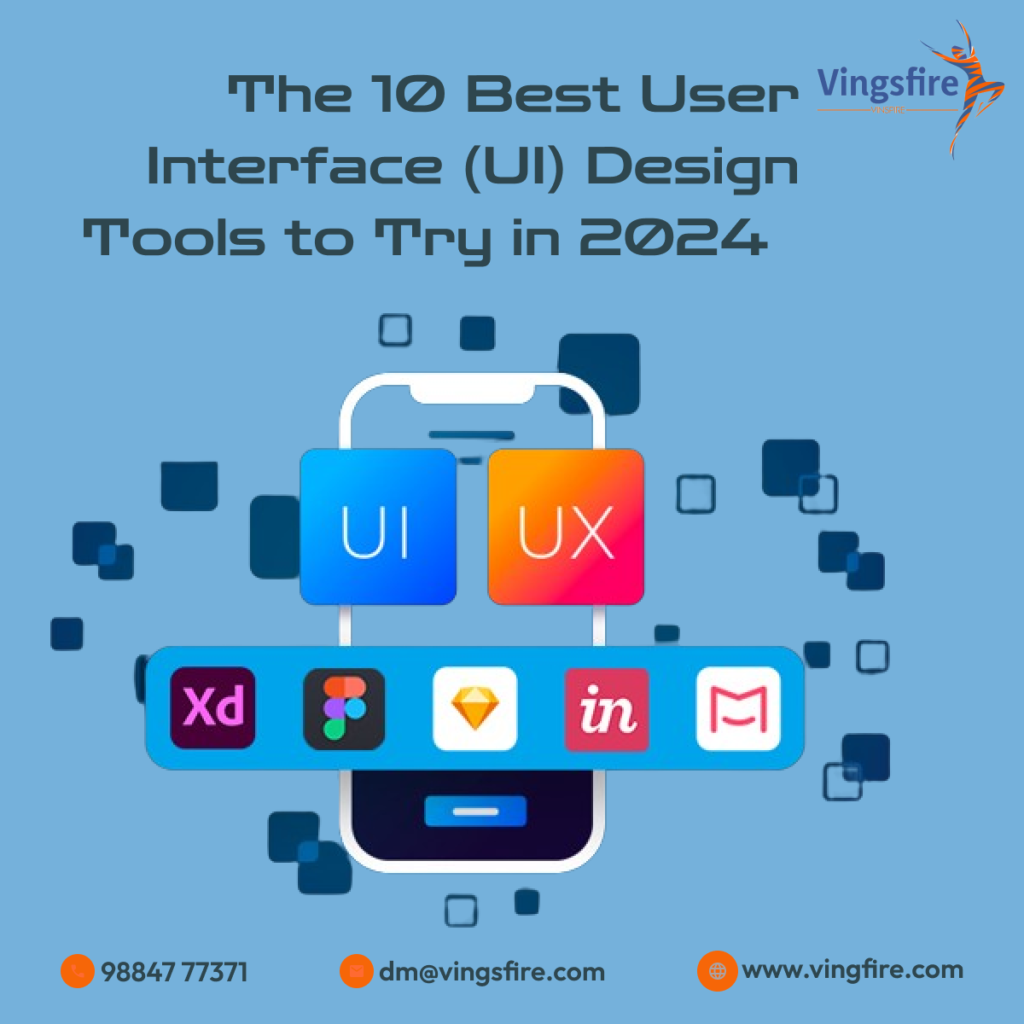
In the ever-evolving landscape of digital design, staying on top of the latest tools and technologies is crucial for creating compelling and user-friendly interfaces. As we step into 2024, the demand for innovative UI designs continues to grow, pushing designers to explore new tools and techniques. Whether you’re a seasoned professional or just starting your UI design journey, having the right set of tools can significantly impact your workflow and the quality of your designs. In this blog post, we’ll explore the 10 best UI design tools to try in 2024.
Figma:
Figma has become a staple in the UI design community, offering collaborative design features that make it easy for teams to work together in real-time. Its versatility, cloud-based nature, and robust prototyping capabilities make it an excellent choice for designers aiming for seamless collaboration and efficient design processes.
Sketch:
Sketch has long been a favorite among UI designers for its simplicity and focus on vector-based design. With a vast collection of plugins and a vibrant community, Sketch remains a powerful tool for creating visually stunning and responsive UI designs.
Adobe XD:
Adobe XD, part of the Adobe Creative Cloud suite, is known for its seamless integration with other Adobe products. Its robust prototyping features, auto-animate capabilities, and voice interaction tools make it a strong contender for UI designers looking to bring their designs to life.
Adobe XD:
Adobe XD, part of the Adobe Creative Cloud suite, is known for its seamless integration with other Adobe products. Its robust prototyping features, auto-animate capabilities, and voice interaction tools make it a strong contender for UI designers looking to bring their designs to life.
InVision Studio:
InVision Studio has gained popularity for its advanced animation and prototyping features. With a user-friendly interface, it allows designers to create interactive and dynamic UI designs effortlessly. Its collaboration tools also make it a great choice for teams working on complex projects.
Framer:
Framer is a tool that caters to both designers and developers, offering a platform for creating interactive prototypes with a strong emphasis on coding. Its integration with React components allows for a smooth transition from design to development.
Zeplin:
While not a traditional design tool, Zeplin serves as a bridge between designers and developers. It facilitates the handoff process by providing developers with all the necessary design assets, ensuring a seamless transition from design to code.
Axure RP:
Axure RP is a powerful prototyping tool that enables designers to create highly interactive and dynamic UI designs. It’s especially useful for designing complex interfaces and conducting user testing to gather valuable feedback.
Webflow:
Webflow is a web design tool that allows designers to create responsive websites without writing code. With its intuitive visual interface, designers can focus on crafting unique UI designs while Webflow takes care of the coding in the background.
Marvel:
Marvel is a user-friendly design and prototyping tool that caters to designers of all skill levels. With its straightforward interface and seamless collaboration features, it’s a great choice for quick design iterations and user testing.
Proto.io:
Proto.io is a web-based prototyping tool that stands out for its simplicity and ease of use. It enables designers to create interactive prototypes with drag-and-drop functionality, making it an excellent choice for rapid prototyping.
conclusion
In conclusion, as UI design continues to evolve, staying updated on the latest tools is essential for designers aiming to create cutting-edge and user-centric interfaces. Whether you prefer the collaborative nature of Figma, the vector-based simplicity of Sketch, or the coding capabilities of Framer, the tools mentioned above offer a diverse range of options to suit different design preferences and project requirements. Experimenting with these tools can open new possibilities and enhance your UI design workflow in 2024 and beyond.
